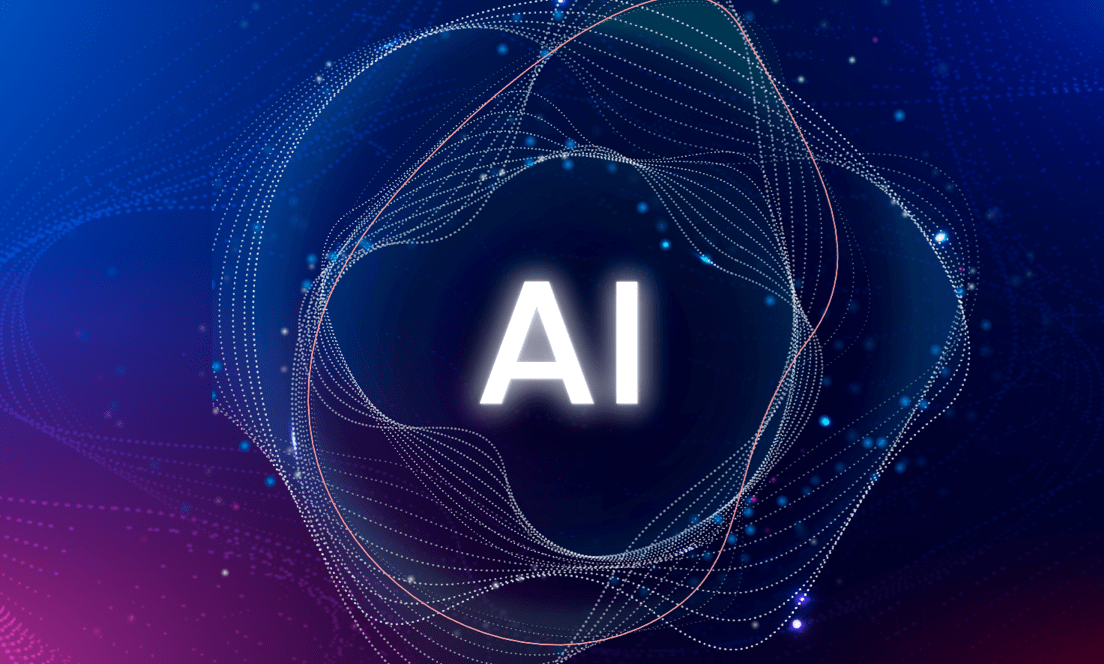Search:
Categories
Archives
A look into the new future with AI and machine learning
- CURIA
- Mag, 27, 2022
- Family & Friends
- Commenti disabilitati su A look into the new future with AI and machine learning

Health organizations can now heave a sigh of relief. The vast data with them such as health records, population, claims and clinical trial data can now be analysed with modern AI technology which uncovers patterns and insights that were not possible for humans to find on their own1. Health care organisations can now utilise algorithms from health data to help them make better business and clinical decisions and improve the quality of experiences they provide. Such data, when pooled, would further benefit the people. Such pooling would lead to the creation of a healthcare ecosystem which would only grow more robust as time goes on.
A few benefits of using AI in healthcare are:
User-centric experiences – Healthcare organisations can find faster, more accurate insights with AI, enabling enhanced satisfaction internally and to those they serve.
Improving efficiency in operations – AI technologies can optimize data, assets and resources, improve efficiency and enhance performance of clinical and operational workflows, processes and financial operations.
Connecting disparate healthcare data – AI helps connect disparate data to get a more unified picture of the individuals behind the data.
Medical imaging and AI
Medical imaging data is a complex, rich source of information about patients. Many studies have indicated that AI tools can perform better than human clinicians at identifying features in images quickly and precisely. Artificial Intelligence has proved to be accurate and sensitive in the identification of imaging abnormalities and is supposed to enhance tissue-based detection and characterisation. AI in medical imaging can improve detection and diagnosis of potentially fatal conditions such as cardiovascular abnormalities, fractures and other musculoskeletal injuries, diagnosis of neurological diseases, flagging thoracic complications and conditions and screening for common cancers.
Role of AI in Cancer Treatment
For patients with established cancers, AI could support the detection of malignancies that have spread, which can be used in head and neck cancers, prostate cancer, colorectal cancers and cervical cancer. Additionally, AI can be implemented into medical imaging to advance precision medicine. A case in point being the findings of researchers at Stanford University wherein they found that a machine learning tool can identify two types of lung cancers. What was also found out was that the machine learning tool predicted patient survival rates better than the standard approach of pathologists who were classifying tumours by grade and stage. The benefit of employing AI is that it can identify the type of cancer, determine the best course of patient treatment and advance precision medicine efforts. And that’s not all, while AI can be used to identify current health conditions, it can also be used to predict potential risk for future illnesses. Researchers from this study found that AI techniques along with clinical data could improve predictive models by indicating a patient’s risk for heart attacks.
AI with its machine learning methods can help in advance medical screenings, precision medicine, assess patient risk factors and thus lighten the load for physicians and patients alike. But amid all these advantages is a major threat of cyberattack. Hackers attack authenticity and identity validation, such as voice and visualisation. Hackers could try to either tamper with critical medical data of a particular patient or could tamper with data regarding ongoing medical trials. Despite AI and ML malware detection helping find patterns and analyse user behaviour, detecting any kind of behaviour before it is damaging would always not be possible.
